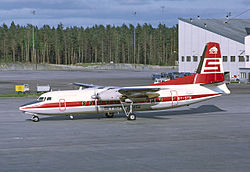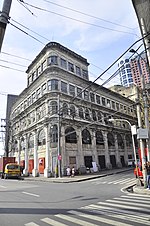Chamber of Commerce of the Philippine Islands

La Cámara de Comercio de las Islas Filipinas, widely known today as The Chamber of Commerce of the Philippine Islands, is the oldest business institution in the Philippines, having been founded in 1886. The Chamber traces its roots back to the Spanish period when the King of Spain, Alfonso XII through Queen Regent Maria Cristina, issued a Royal Decree on April 9, 1886 creating the "Camara" institution for all Spanish colonies. The Camara de Comercio de Manila was formally organized and presented to its General Assembly on May 24, 1887, and on June 17, 1887 its statutes and by-laws were initially approved by the Gobierno Superior of the Philippines; and finally approved by Her Majesty, the Queen Regent of Spain, Maria Cristina, on February 9, 1888. Sr. Don Joaquín María Elizalde was its first President, followed in 1890 by Sr. Don Francisco Godínez, and in 1895 by Sr. Don José de Echeita. After the Spanish–American War in 1888 and the situation settled down, on July 19, 1903, the Camara de Comercio de Manila held its first formal session as the Cámara de Comercio Filipina, with the Philippine Governor-General William Howard Taft as its Honorary President and Don Francisco Reyes as the first Chamber President.
Excerpt from the Wikipedia article Chamber of Commerce of the Philippine Islands (License: CC BY-SA 3.0, Authors, Images).Chamber of Commerce of the Philippine Islands
Magallanes Drive, Manila
Geographical coordinates (GPS) Address Nearby Places Show on map
Geographical coordinates (GPS)
| Latitude | Longitude |
|---|---|
| N 14.5944887 ° | E 120.9761999 ° |
Address
BDO (Banco de Oro)
Magallanes Drive
1002 Manila (Fifth District)
Philippines
Open on Google Maps









